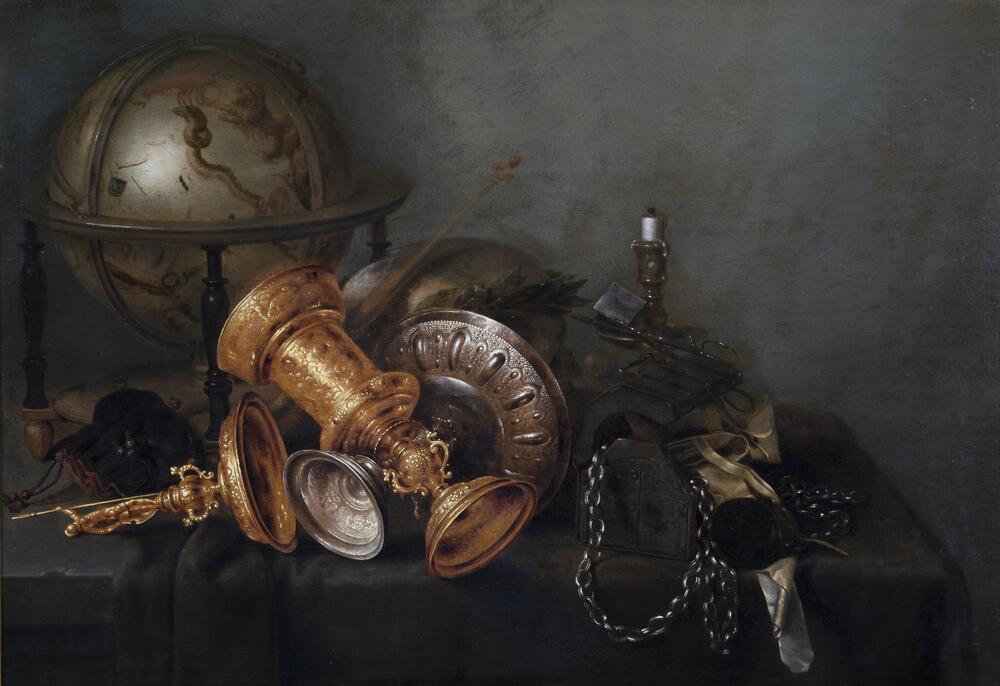Lesson Plan: Zoom In: The Significance of Detail
“Creative Literacies: Expanding our View,” UMMA Workshop for Educators, March 14, 2015
Objectives
Students will “zoom in” on a painting or image to capture concrete details and enliven their writing. A zoom lens on a camera allows a photographer to pull in close to a specific detail—an object that is important to the purpose of the photograph. Writers have their own magic zoom lens they can use to zoom in on important people, places or things as they write. Don’t write about how bad your day was, instead zoom in on the rumpled food-stained clothing, messy hair and dark circles under your eyes. As EB White put it, “Don’t write about humanity, write about the man.”
National Core Standards
- Produce clear and coherent writing in which the development, organization, and style are appropriate to task, purpose, and audience.
- Perceive and analyze artistic work
Grades
4-6
Time Required
One 50-minute class period
Materials
- Paper and pencils
- Reproductions of works of art
Lesson
In the gallery or looking at projected images
Stand before a work of art with comprehensive detail, such as a Dutch still life. Discuss with students: How many of you like to take photos? What makes a subject good to photograph? Sometimes we take pictures of large scenes, like the Grand Canyon, and sometimes we like to “zoom in” on single people or objects that are important. Photographers are like writers and painters in the way they take a snapshot of life. Writers have a built-in camera with a zoom lens. Let’s practice using ours.
Look at the work of art and imagine yourself in it. Write one line on your paper to describe the large view. (ex. In the room there is a table.) Now turn that imaginary zoom lens one notch and describe one object or one part of that object. Notice texture, bumpy, smooth, slippery; notice light, color, even shape (On the table lies a tulip with variegated yellow and red stripes, etc). Now turn the zoom lens to get in even closer on a single object and say even more about it (Out of the tulip climbs a ladybug with a shiny coat). Push yourself to get as close as you can, as if you’re turning the zoom lens each time.
Read what you have to a partner. Ask for volunteers to share. What details made this writing come alive?
In the classroom
- Begin teaching this strategy by looking at models in the literature the students are reading and notice how other writers use the “zooming in” strategy to create a snapshot of a character or object.
- As a class, try writing a few “zooming in” snapshots out of context with settings or characters found in the classroom, or use pieces of art.
- Eventually students should look at their own drafts of stories, poems, etc., and notice places where a description of an important place, character, or object might be needed and “zoom in.” This is an effective revision strategy.
Rate this Resource
AVG: 0 | Ratings: 0
& Author Notes
Creative Commons by-nc-sa (Lesson developed by UMMA Docent Sherri Masson)Last Updated
April 18, 2018 3:29 p.m.Report
Reporting Policy

